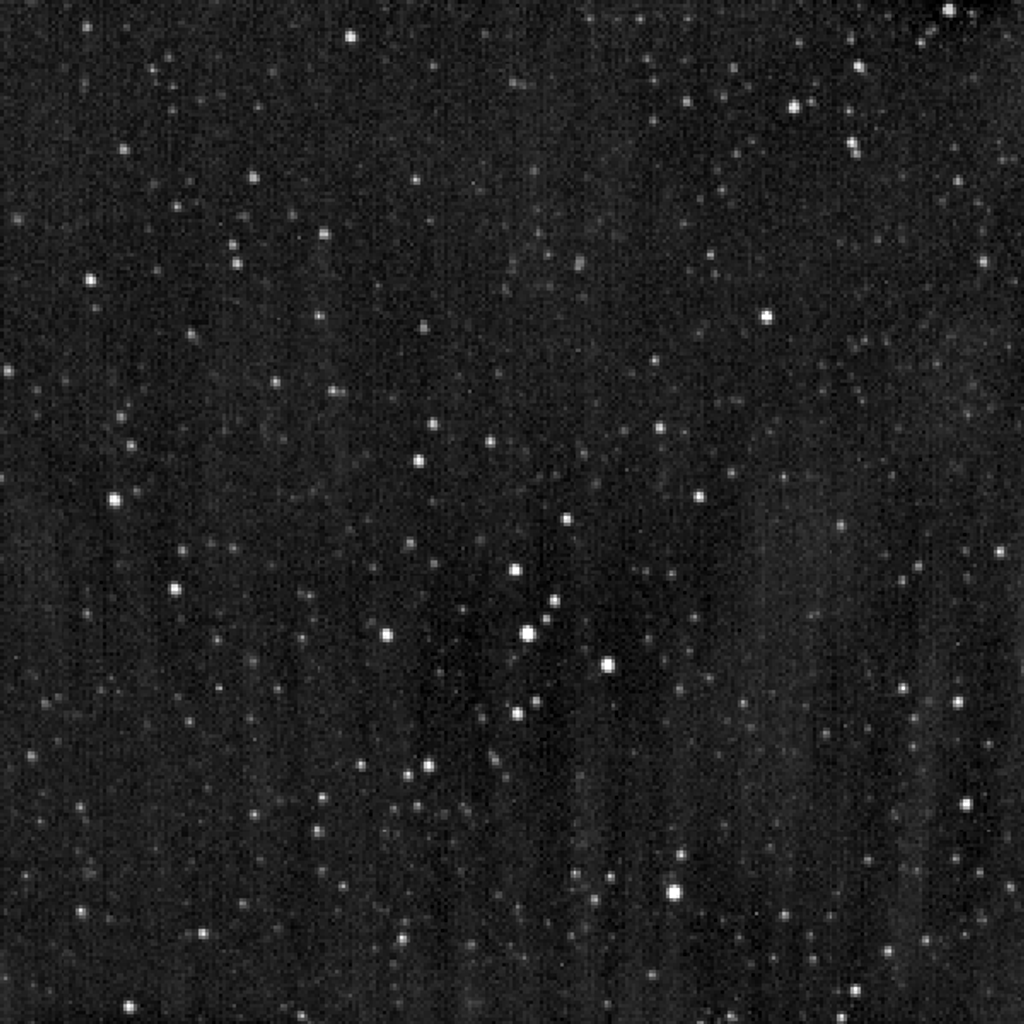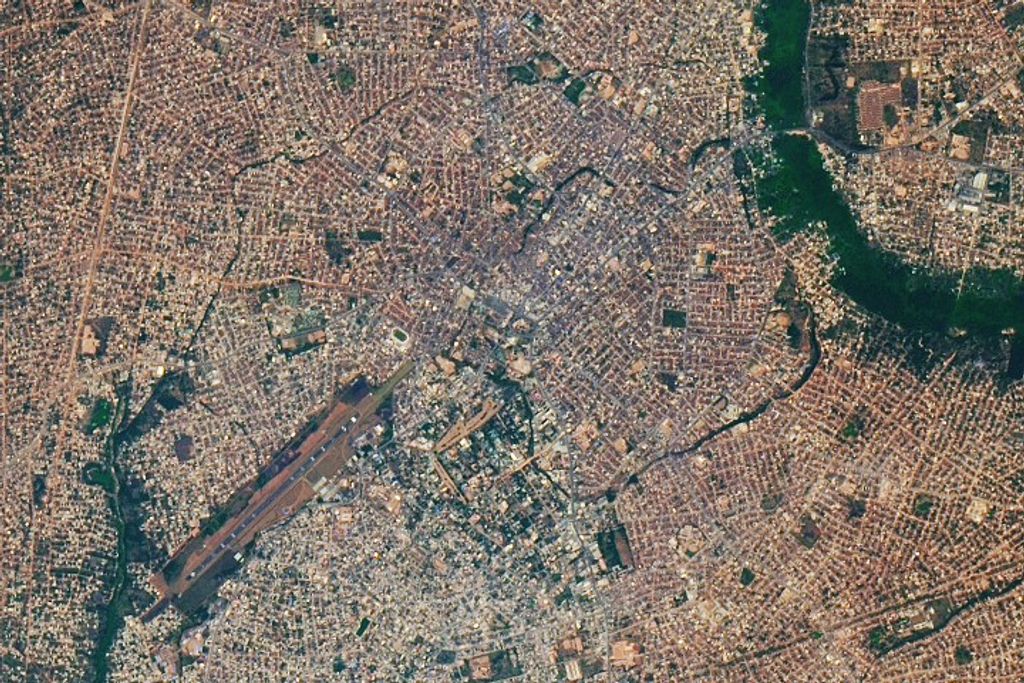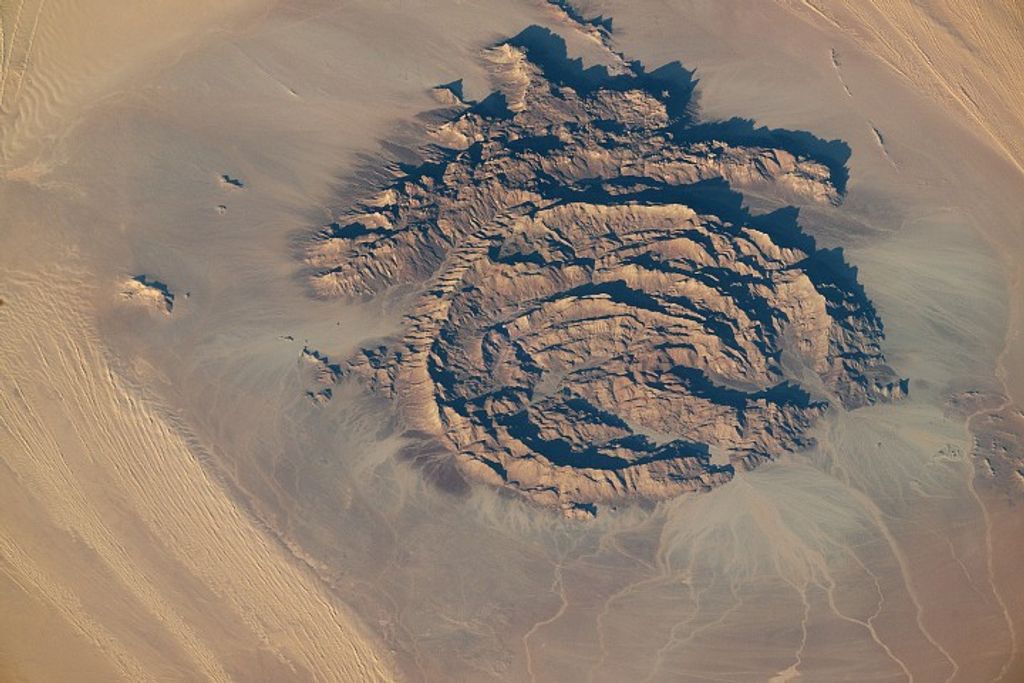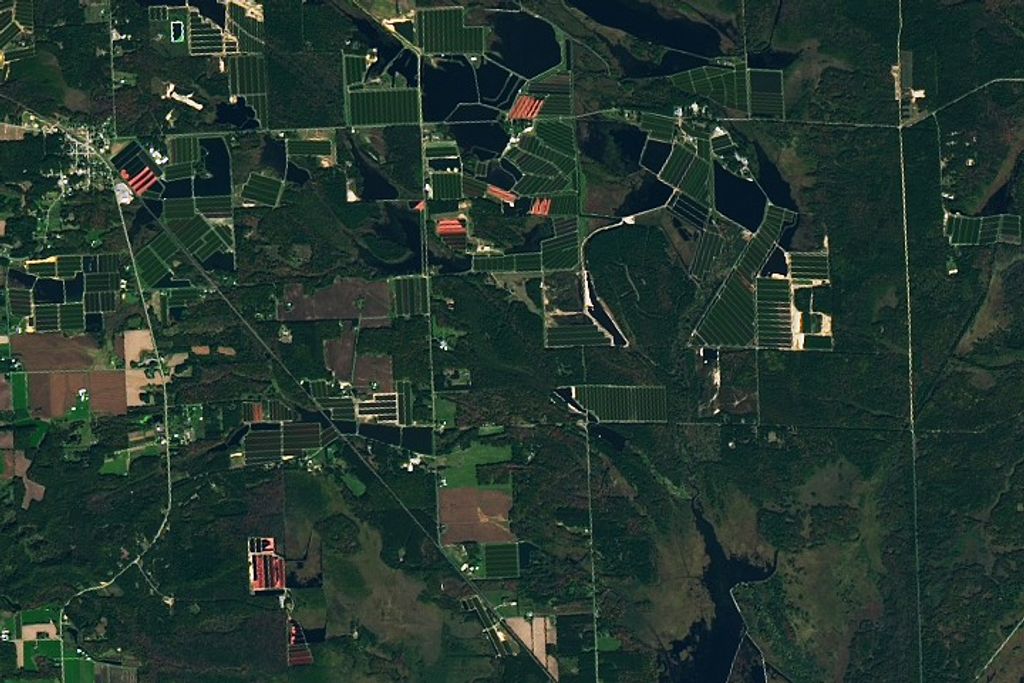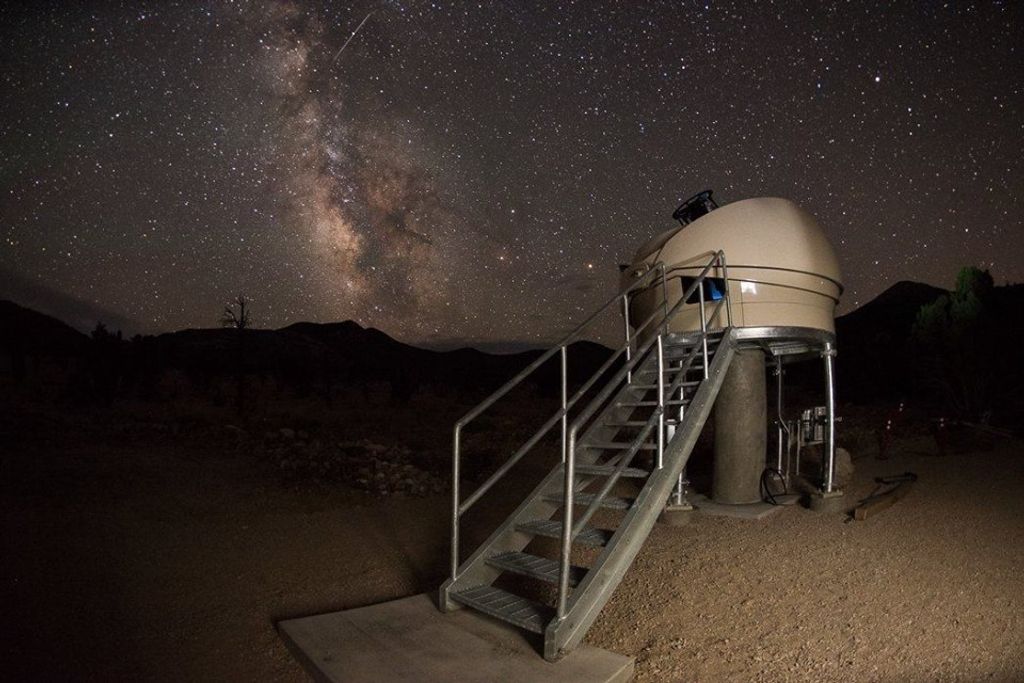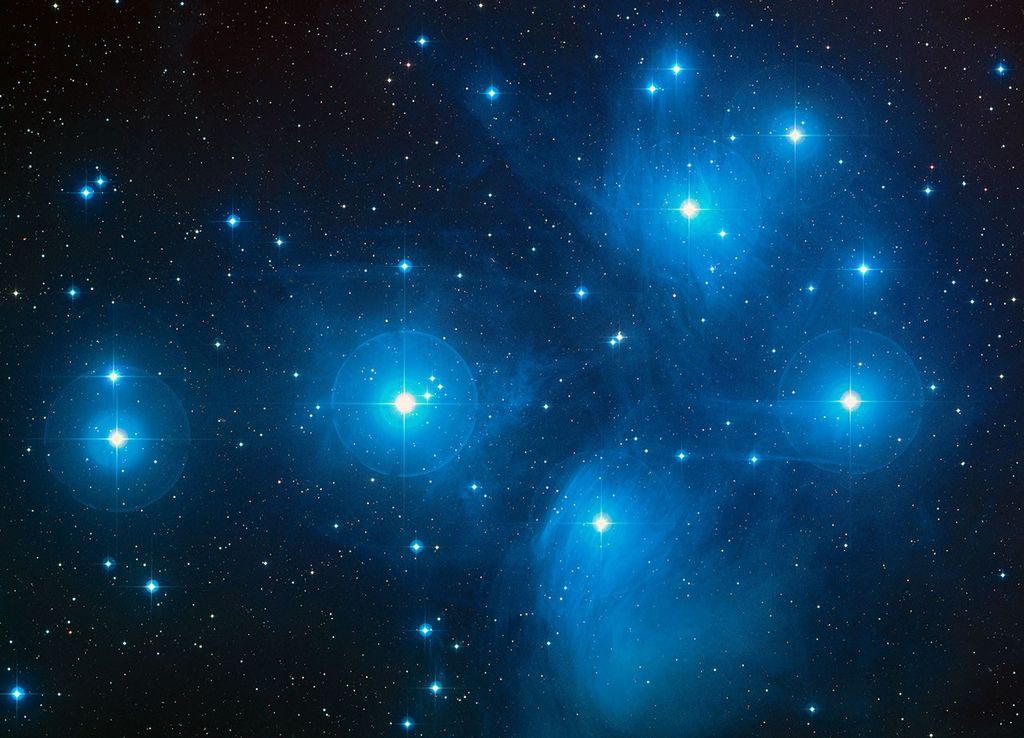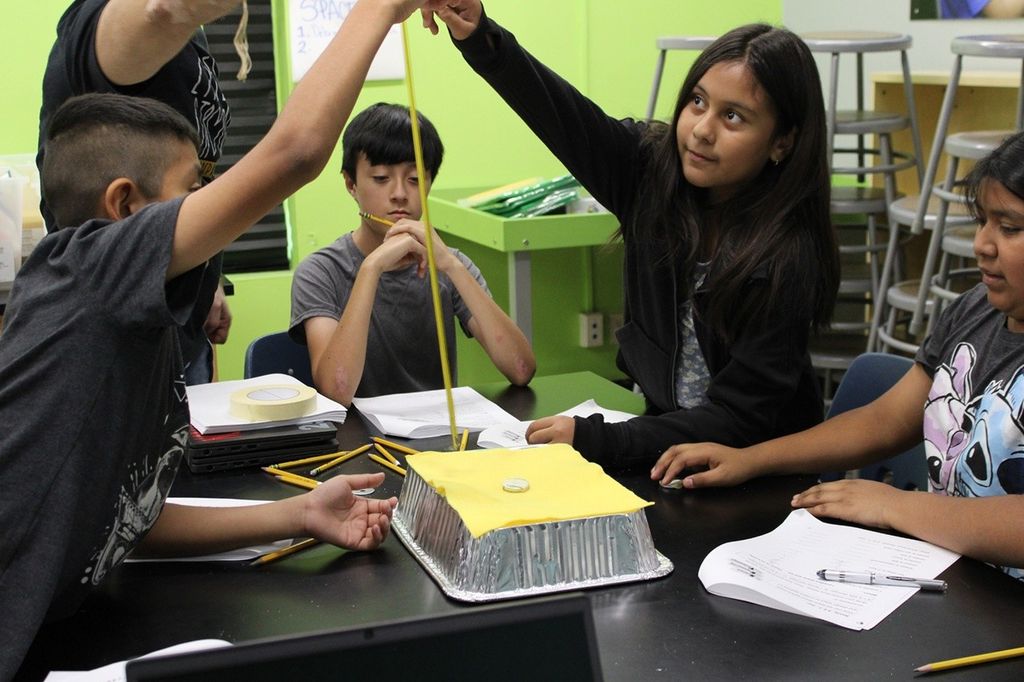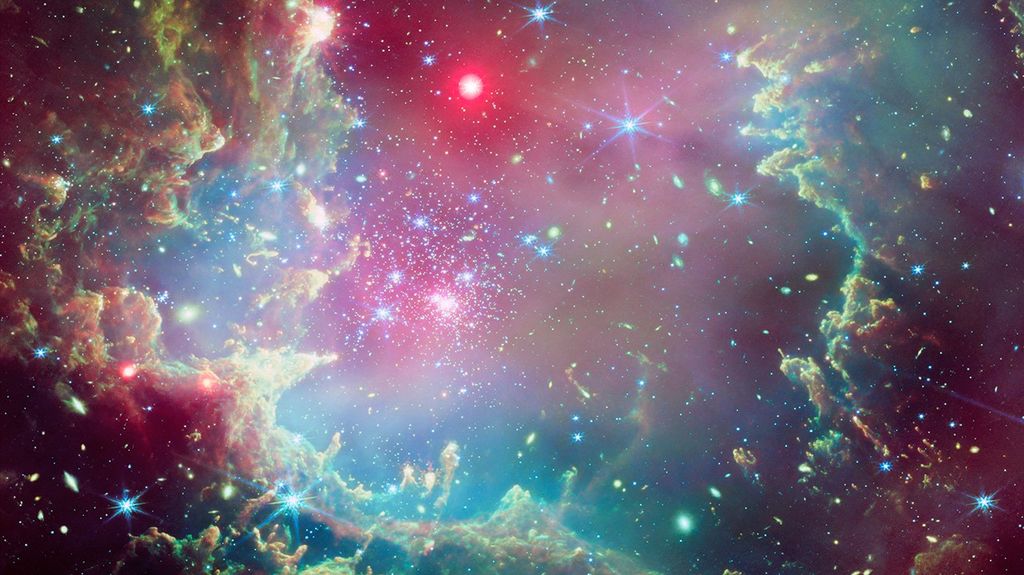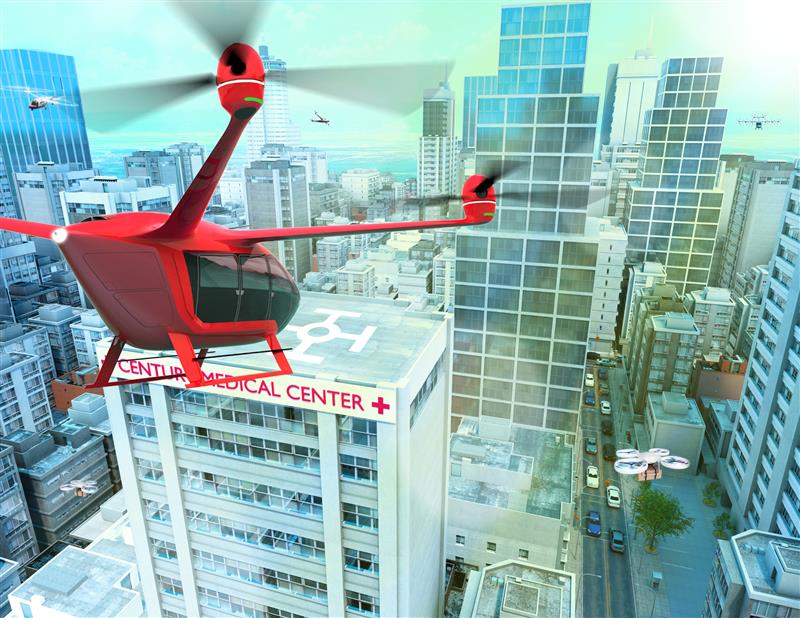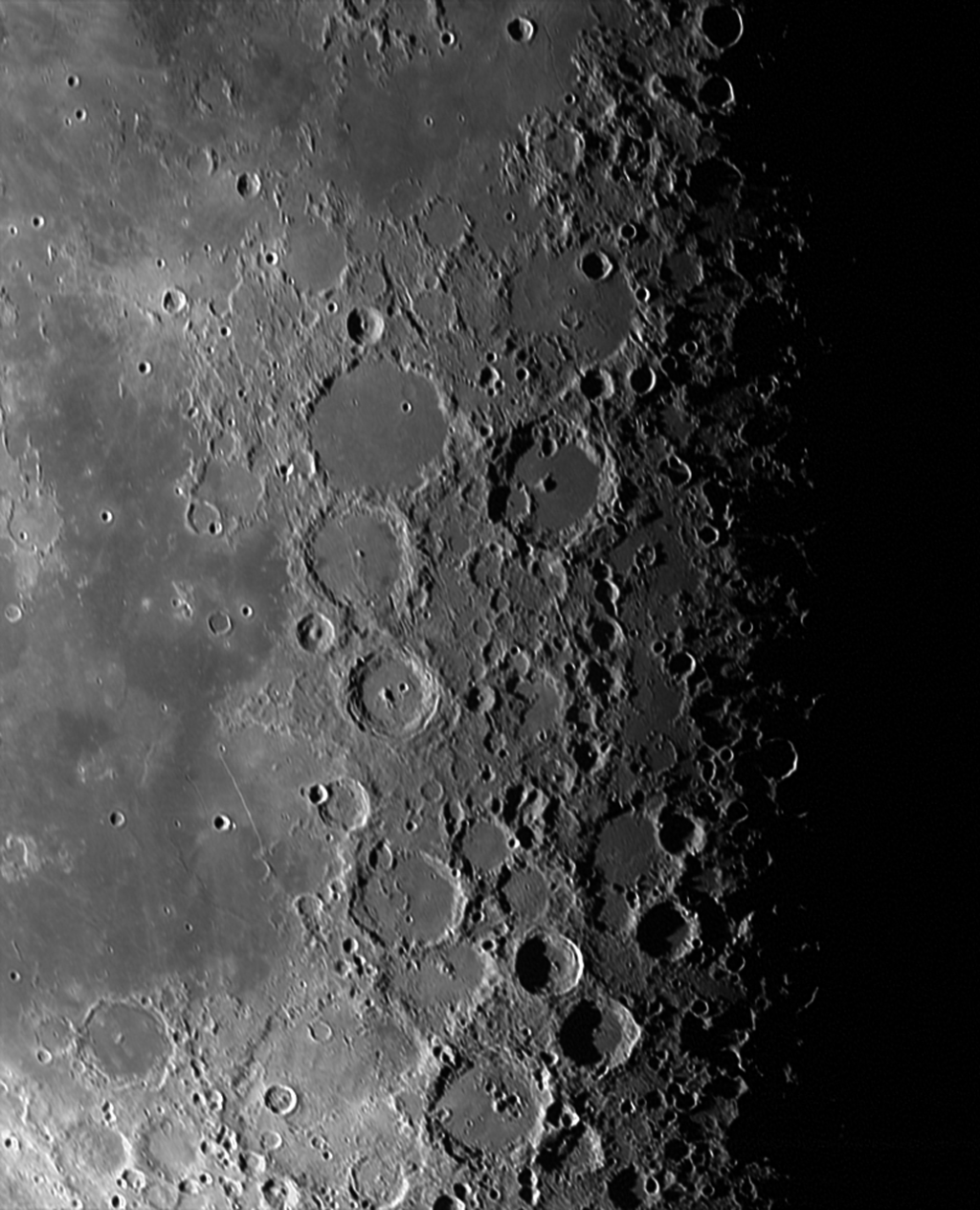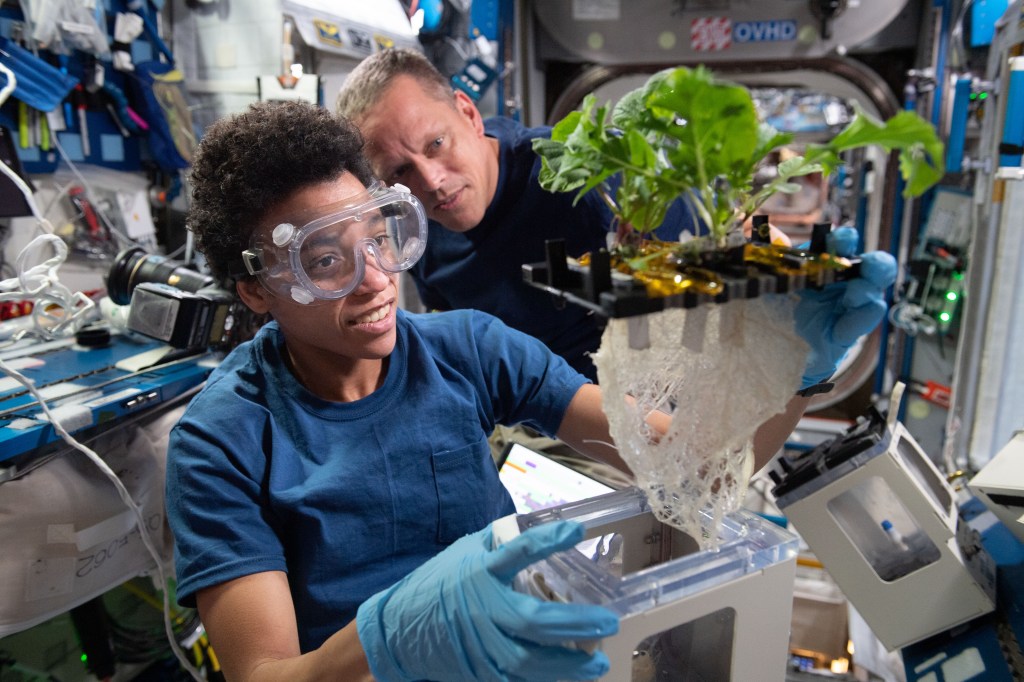1 min read
N6946-BH1 Failed Supernova (Artist’s Illustration)
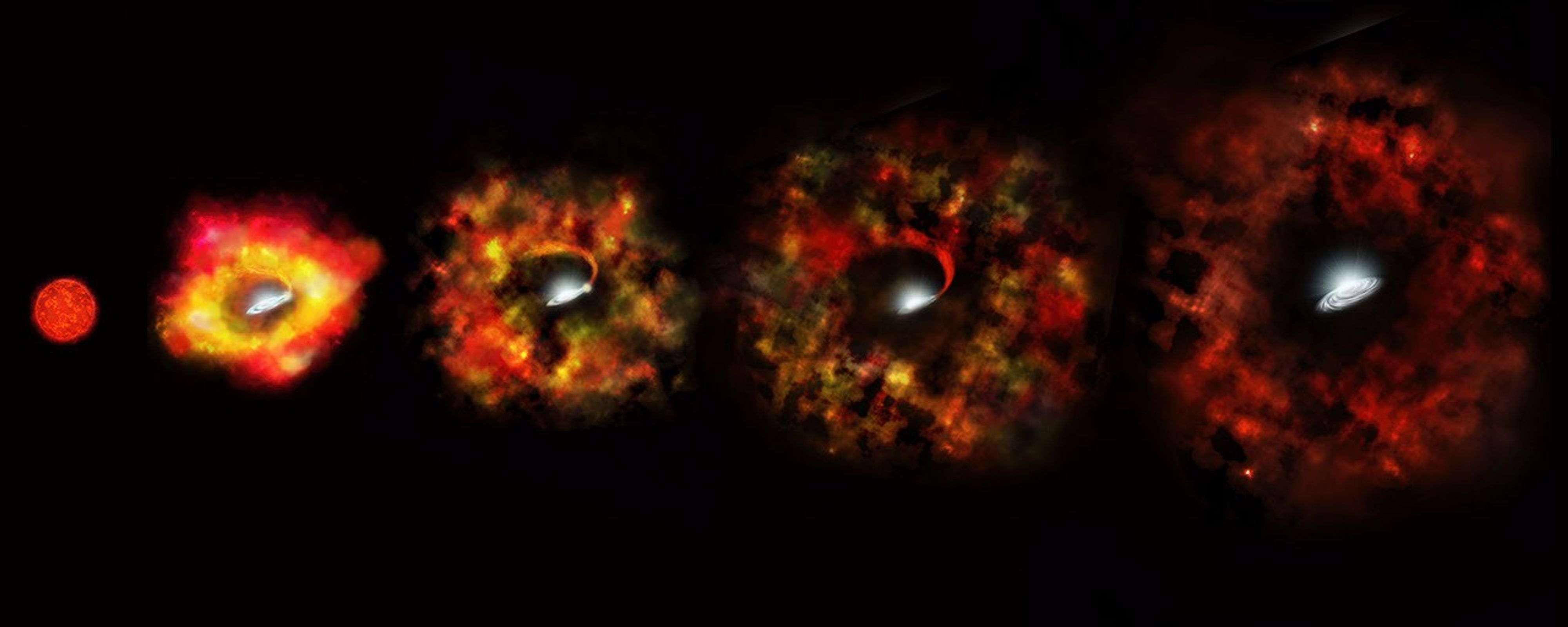
Massive Star Goes Out With a Whimper Instead of a Bang (Artist's Illustration)
This illustration shows the final stages in the life of a supermassive star that fails to explode as a supernova but instead implodes under gravity to form a black hole. From left to right: the massive star has evolved to a red supergiant, the envelope of the star is ejected and expands, producing a cold, red transient source surrounding the newly formed black hole. Some residual material may fall onto the black hole, as illustrated by the stream and the disk, potentially powering some optical and infrared emissions years after the collapse.
About the Object
- R.A. PositionR.A. PositionRight ascension – analogous to longitude – is one component of an object's position.20h 35m 27.56s
- Dec. PositionDec. PositionDeclination – analogous to latitude – is one component of an object's position.+60° 08' 08.29"
- ConstellationConstellationOne of 88 recognized regions of the celestial sphere in which the object appears.Draco
- DistanceDistanceThe physical distance from Earth to the astronomical object. Distances within our solar system are usually measured in Astronomical Units (AU). Distances between stars are usually measured in light-years. Interstellar distances can also be measured in parsecs.22 million light-years (6.7 megaparsecs)
- Object NameObject NameA name or catalog number that astronomers use to identify an astronomical object.N6946-BH1 Failed Supernova (Artist's Illustration)
- Object DescriptionObject DescriptionThe type of astronomical object.N6946-BH1 Failed Supernova, Disappeared Star, Black Hole
- Release DateMay 25, 2017
- Science ReleaseCollapsing Star Gives Birth to a Black Hole
- Credit
Related Images & Videos

Birth of a Black Hole
A team of astronomers at The Ohio State University watched a star disappear and possibly become a black hole. Instead of becoming a black hole through the expected process of a supernova, the black hole candidate formed through a “failed supernova.” The team used NASA’s Hubble...
Share
Details
Claire Andreoli
NASA’s Goddard Space Flight Center
Greenbelt, Maryland
claire.andreoli@nasa.gov





